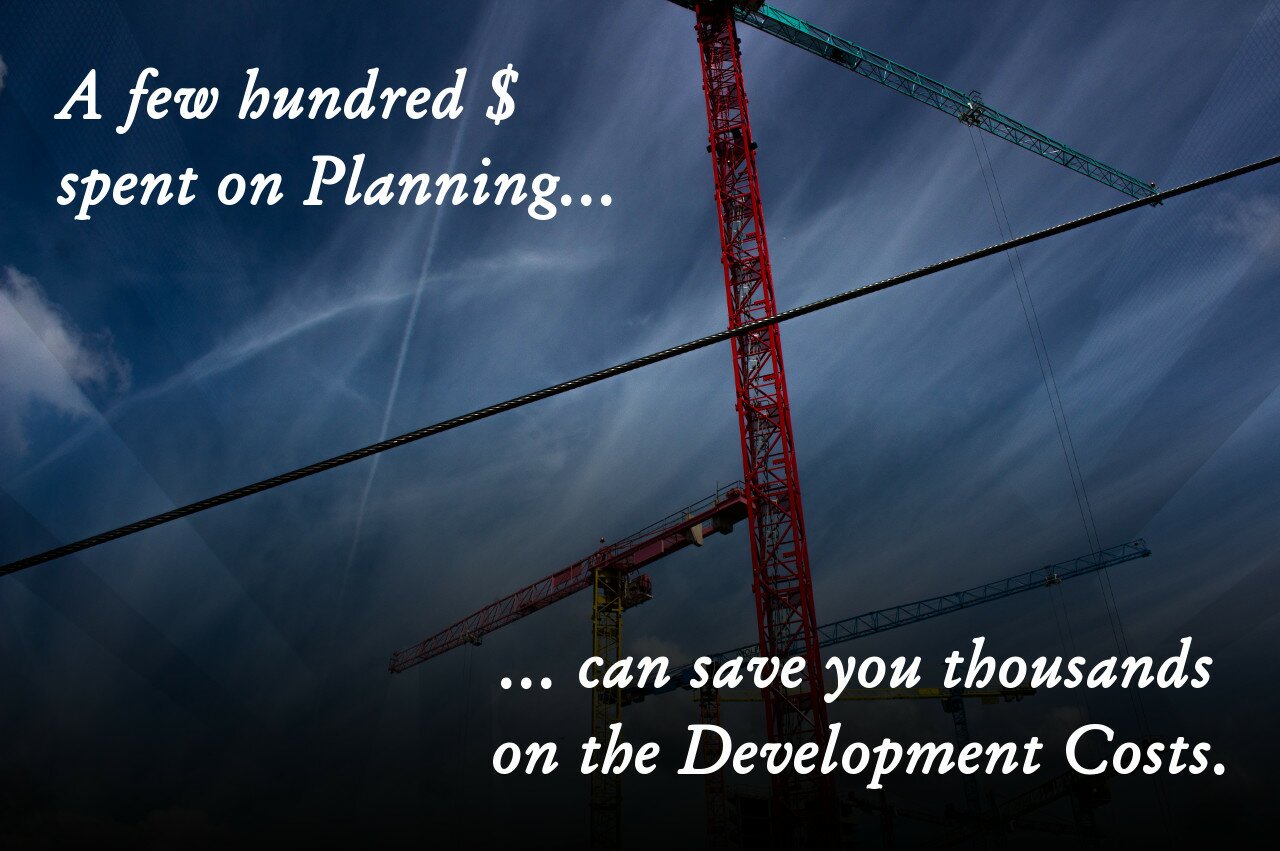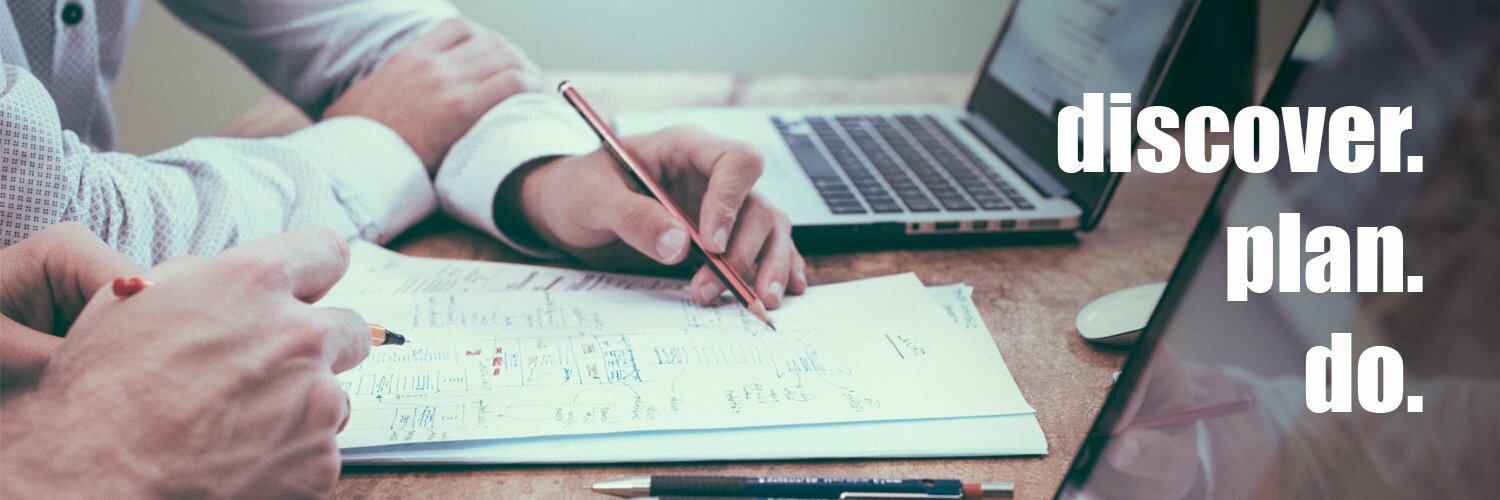I have seen so many websites that won web design awards, but failed financially. I think that’s because they had NICE design, but not GOOD design. Let’s see what the difference is between real design and simple aesthetics.
Nice Design vs. Good Design
| Nice Design | Good Design |
|---|---|
| Visually appealing | Easy to use |
| Visitors say: “Wow, looks amazing!” | Helps visitors do what the website owner wants them to do |
| Uses contemporary, trendy colors, shapes, effects | Uses best marketing and usability practices that are proven to be effective |
| It’s concept was thought out by the website owner and a graphic designer | It’s concept is often planned together by the website owner, an online marketing expert, the graphic designer and an expert developer |
You may ask: where is the real contrast between them? I can’t see why a Good Design couldn’t be Nice as well… And you are absolutely right.
All bugs are insects, but not all insects are bugs
In this case it means, that nice design (or in other words, aesthetics) should be part of your whole design package. However, your design should be more than just pure aesthetics.
Unfortunately many people mix it up and that’s the cause why so many nice websites fail financially.
Before you run to your web designer with your ideas, please STOP!
It shouldn’t be your graphic designer who you should meet first with your web project (unless he/she is really good at marketing and UX). If you approach the project thinking that design = aesthetics, then your web design and development process will most probably look like one of the following scenarios:
Scenario 1A: working with unique design
- You approach the designer with your idea: “I want a new website and please design one for me”
- Once the PSD files, design guides are ready you go to the developer who does the programming part
- You or someone else fills up the content on the site
Scenario 1B: working with themes
- You hear that you can save a lot of money if you start with a website theme. So you jump on ThemeForest, buy a nice theme that is suitable for your business.
- You find someone to set it up for you on a server and customize it for you
- You or someone else fills up the content on the site
In Scenario 1A you spent a lot of money on something that will or will not bring you success. To be honest, it sounds to me like “I am going to buy a new car. I will spend a lot of money on it without knowing in advance if it will be able to take me from Location A to Location B”.
In Scenario 1B the results will most probably be the same. The only difference is that you’ve spent less money on the thing (like buying a used car that you still are not sure about if it works or not).
How can I start with better chances for success?

Spending a few hundred dollars on planning your site with the help of the right experts has 2 big advantages:
- can save you thousands during the development phase (as several things can be optimized before writing a single line of code)
- and it can increase the income made by your website significantly (simply because you can design the site this way around a specific business goal)
So the ideal workflow to a more successful process would include a massive planning process…
Scenario 2: doing it with discovery and planning phases
- You think strongly about what the REAL GOAL of your website should be
- You look around how your competitors’ websites look like. Many people make the mistake here that they want something similar to them. No, you’ll have to make something different and/or better than what they have!
- Find someone who is an expert in online marketing, website / UX planning and web development – and ask for a 1-2 hour consultation. Don’t worry, there are experts who are familiar with all these territories, so most probably you’ll need to consult with only one (max. 2) person. Unless you are familiar with all these fields, they are the people who can tell you what the best practices and the best available tools are for achieving your goal. Together with what results you can expect and what is technically doable within your budget.
- On an initial consultation they learn about your business, your website goals, will look around your competitors’ sites, etc. They will ask you lots of questions about what role the new site will have in your marketing flows. Maybe they’ll even ask you to show them your existing materials like ads, flyers, business cards, etc. They will also come up with some initial ideas about what direction you could go towards: Should you have a blog? Should you involve paid ads? Should you have multi-step or single-step sales model on your site? etc.
- After that the website planning expert creates you the initial version of the plan. It will generally be a simple text document outlining what happens after what, how the visitor is converted into a buyer / subscriber / user / etc. How the different tools are used on the site, etc. It can involve some basic wireframes as well if it helps understanding the user flows better.
- Now you can give some feedback to the expert if you agree with the plans or you’d like modifications to it. It’s really easy and cost-efficient to make modifications to the user flows at this stage as no real designs are made yet, nor any line of code written.
- Based on your feedback the excerpt works out the website plans that include:
- Wireframes for page templates, tools and user flows – where it is sensible. (Btw. have you heard about Balsamiq? It’s an excellent tool for creating these wireframes!)
- User journeys documented: what happens to the users in this and that case. How can we help the user to do the desired action, etc.
- Measurement points that will help you in identifying the weak points of your website (which will be necessary for conversion optimizations later)
- Any additional information that is important for the site. E.g. your company’s style guides, any content assets that your site should include, etc.
- At this point the expert will require another feedback from you to make sure you both are on the same page. It might require several modifications to reach the final plans. But once again: it’s a lot cheaper to make modifications at this stage than after the design and development processes have started. Like when you are building a house: it’s very expensive (if not impossible) to modify things after some walls are already raised up.
- Once everything is ready, you’ll have your well-documented project brief. The next step is creating the price estimations for the project. All experts involved in the project should take part in this step. Once the estimations are created, they can be added to the plan document together with the deadlines. If it’s a bigger project, an experienced expert would advise at this point to break the project into milestones. This way you can mitigate the risks for all involved parties and can control the progress more efficiently.
- The result is a Website Plan document with all the things that the designer and the developer have to know to make an excellent piece of work for you.
- This is the point where you go to the graphic designer with your plan document. Based on the wireframes and the style guides (if there’s any – don’t worry, she can create one for you if it’s a brand new brand 🙂 ) she can create the graphic / aesthetics part of the work. The result of this step is typically some PSD / PNG / AI / PDF / etc. files, maybe with some documentation if needed.
- When the end of the design process approaches, it’s a good idea to involve your developer into the task. Just to check everything is doable and that the designer didn’t do anything that makes things too difficult or (nearly) impossible to code.
- Once the design files are approved, you can send them to your developer, who will do the coding part of the things.
The result? A website that serves your business goals AND looks aesthetically good. And while you spent some extra money at the beginning on planning it thoroughly, you avoided some big mistakes at an early stage.
As our new motto says it: “discover. plan. do.”. The longer the name of the step, the more effect it will have on your final results and the cheaper it is to make changes on it…

To sum up
A good design is not equal to good aesthetics. While the latter cares only about the look (which definitely is an important part of the design), a real design has business goals and marketing flows behind it. And helps making your visitors do what you want them to do.
Would you like us to help you planning your next website? Start a consultation with us on Codeable!
Learn more about what Codeable is.

